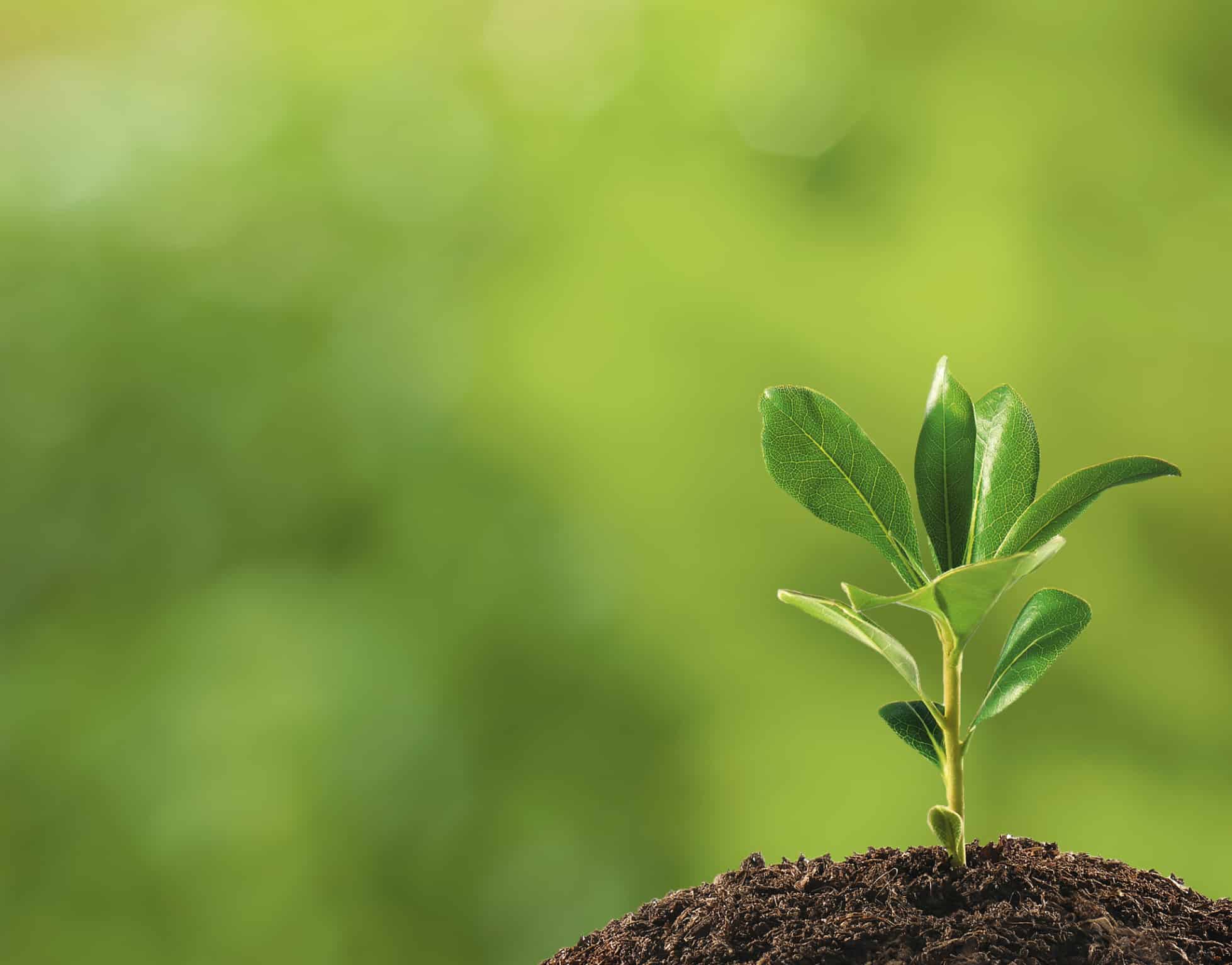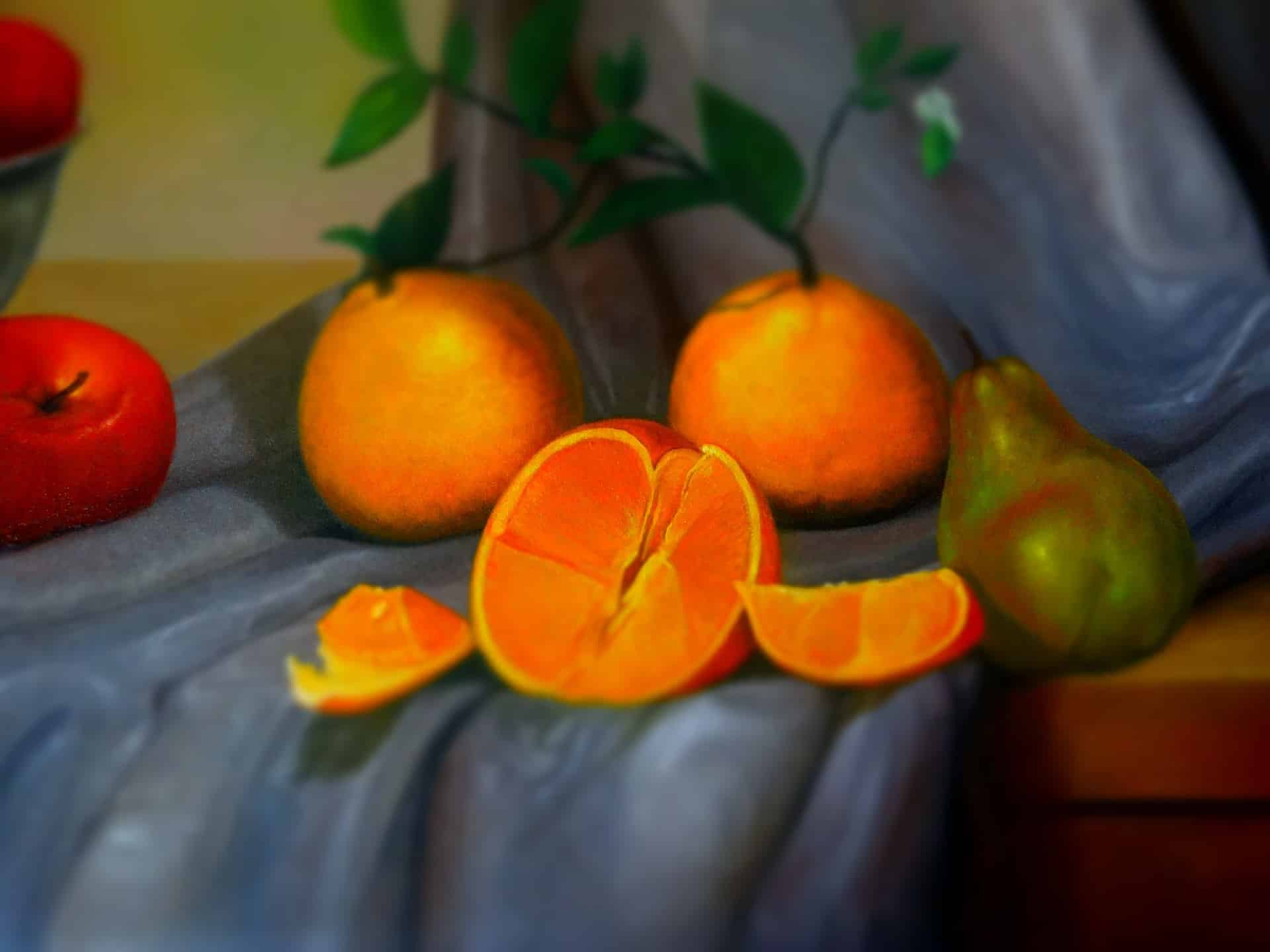Hemshech Tzadek-Dalet Part II
With the financial markets shaking so many people to the core, the holiday of Sukkot comes as a powerful reminder about the mercurial nature of our securities. It teaches us the critical need to diversify our portfolios so that they include a dimension sadly often forgotten: Our families, loves and sublime experiences – the spiritual reality that is the only solid, unwavering bedrock foundation we can always depend upon.
But how do we free ourselves from our deeply entrenched perspectives? How do we break our addiction to the markets and perceived dependence on money, and allow another reality to enter our lives?
A powerful Chassidic discourse can help unshackle us. To honor the 75th anniversary of the classic Chassidic series “Hemshech Tzaddik-dalet,” delivered by the Rebbe Yosef Yitzchak on Rosh Hashana 1933, last column began a summary and review of the major themes of this profound dissertation, which deconstructs existence to its core.
This (unfinished) series consists of nine discourses and thirty-three chapters: The first five delivered on Rosh Hashana, Shabbos Shuva, Yom Kippur night, Sukkot and Shemini Atzeret respectively. The final four delivered on Shabbos Parshat Noach, Lech Lecho, Chayei Sarah and Toldot.
Accordingly, this week’s entry will address the themes of the first three discourses. And their connection to the holiday season, as we are about to enter the festival of Sukkot.
* * *
The poetry of the High Holidays is quite exquisite. Beneath its technical surface an unmistakable melodic arrangement defines the underlying structure of the holiday-filled month of Tishrei.
The first half of the month begins with days of awe: Rosh Hashana and Yom Kippur. Followed by the Sukkot days of joy in the second half of the month, when the moon grows full.
Awe and joy are two vital ingredients in every healthy experience; two necessary components in every successful relationship.
Awe – a combination of reverence, wonder and modesty – respects the mystique of life. But awe alone keeps us at a distance from the experience. Joy brings the experience close and makes it intimate as we celebrate our relationship.
Both our relationship with the Divine and our personal relationships (which is meant to reflect our bond with the Divine) require a balance between awe and joy: We must always feel a profound respect for the other, lest we become arrogant and controlling. Yet, love also means that you feel close and connected with your beloved.
For love and intimacy to be complete it needs the same interplay between warmth and reserve, closeness and space, familiarity and mystery.
Thus, the parameters of the holiday season, which is all about building relationships between us and G-d and between each other, begin with the days of awe (Rosh Hashana and Yom Kippur) and conclude with days of joy (Sukkot).
Awe is transcendence. Through awe of a reality beyond our limited selves we are able to reach to a place beyond our own mortal boundaries. Think of an awesome sight that gave you a glimpse to a picture far greater than one you could ever have imagined. As a teenager, I, for example, remember spending a number of summer nights observing the relentless waves crashing against the shore. All night long I would stand and watch with amazement the unfathomable power of the sea, as wave after wave after wave, would come in, never sleeping, unstoppable. It taught me about power that is beyond us all. It gave me a taste of the infinite.
Joy is integration, allowing us to assimilate powerful experiences. After standing in awe before the Divine on Rosh Hashana a Yom Kippur, we then dance and sing for seven, eight, nine days of Sukkot through Shemini Atzeret and Simchat Torah.
These two elements are also featured in the mitzvah of Sukkot, when we dwell in makeshift huts with a vulnerable flora roof, in which we are eat all our meals and conduct all the activities of the day which we regularly would do at home.
One of the personal lessons of spending an entire week in a Sukkah instead of in our comfortable homes is to remind us of the temporal nature of existence. The material world is not our home. We must never succumb to the illusion that our man-made structures and mortal edifices are our natural environments. Corporeal life is a means, a road that leads us to a deeper, higher reality. The transitory Sukkah reminds us that we are just travelers in this impermanent material world; we are spiritual beings on a material journey, not material beings on a spiritual journey.
Yet, while the Sukkah lifts us to a higher awareness, we also sit within it, allowing its four walls to embrace us with its surrounding presence. BaSukkot Taishvu, we settle in and internalize the Sukkah experience. Awe and joy fused as one.
* * *
As discussed in the previous column, Hemshech Tzaddik-Dalet dissects the very nature of existence, indeed, the very nature of reality itself. In a meticulous fashion, in a style unique to Chassidic discourses, the Rebbe RaYatz (an acronym for Rabbi Yosef Yitzchak) deconstructs all of reality into three stages, which he calls Yesh, Ayin, Yesh, literally: being, non-being, being, or itness, nothingness, itness.
These three Hebrew words can be translated many ways, with various interpretations, as shall be discussed later in this series, but overall they reflect three stages of every process: The beginning point, the middle, in between step, and the end point, the destination.
In effect, every process is a state of transmission. This is true for the entire cosmic order – a metamorphosis from one state of being to another. Every transmission begins with a transmitter. On the other end of the spectrum is the receiver. And in between is an intermediate state that connects the two. As it with every transmission, the entire essence of the transmitter cannot be carried over to the recipient. Only a small amount is passed on. Take a teacher and a student as an example. Only a reflection of the teacher’s mind can be transmitted to the student. This “reflection” – the channel that connects teacher to student – is therefore called “ayin,” a state of “non-being,” like a void or a vacuum, where the metamorphosis takes place transforming one state of begin into another.
All processes consist of these three states. A seed must decompose in the ground before it sprouts. An idea must go through a state of confusion before it develops into a full-blown theory. Creativity is a child of frustration: The greater the creation the more frustration that precedes it. A piece of gold must be melted in order to shape it into a beautiful ornament. To grow a new layer of skin the previous one needs to be shed. A structure is razed before another can replace it. We must lose ourselves before we find ourselves. Another way of defining these three stages is: consciousness, non-consciousness and a new consciousness. As long as the initial state remains intact, another one cannot be born. Thus the need for the “ayin” in between.
The ultimate root of these three stages is in the Divine process of creation:
The first yesh is the Yesh Ha’Amiti. The first and only true state of being is the Divine Essence, which exists because it must exist. Reality is real because it is real; its’ reality generates from within: it exists because it exists. All existence as we know it, both material and even spiritual, has no true validity of its own. Nothing dictates that matter or spirit must exist. And even when they do exist, their entire being has no self-contained power; it is driven entirely by Divine energy. The only true Reality is the Divine Essence of all. In the words of the Tanya (Iggeret HaKodesh ch. 20): Everything has a cause. But G-d has no cause other than Himself; nothing preceded Him; His being derives from His own self. G-d’s existence must exist, for it is true reality. Since all existence as we understand the term has a “cause” and is not self-contained, the “existence” of the Essence of Reality is an existence that is unlike any existence, “a non-existential existence.”
On the other end of the spectrum is the yesh ha’nivra, existence as we know it. And in between these two states of being and reality (the first yesh and the last yesh) comes an Ayin, an intermediary stage of light/ energy that connects and carries a reflection of the Divine reality into our perceived reality.
The plot thickens. In truth, the created yesh is rooted in the Divine yesh, as explained in Tanya: Only a Reality that has no source can create a reality, our self-contained existence, which does not feel that it has a source. But in our closed “bubble” we only perceive our own beings (yesh), with no clue to the forces that shape us.
All that we know about existence and reality is limited to our myopic vision and subjective perspective. For us humans to being getting a glimpse of a higher reality we need to retrace the steps and enter the state of ayin – a state of bittul, modesty, humility and suspension of self, which allows us to transcend ourselves and our self-contained perceptions, only exacerbated by our self-interest. Through the ayin we reach beyond ourselves and bridge our reality with the Ultimate Divine Reality, to the point that our yesh can fuse with the Yesh Ha’Amiti.
* * *
As we begin a new year and are moving from the awe of Rosh Hashana and Yom Kippur to the loving embrace of Sukkot, it’s a good time to reassess our perspective on reality.
As long as you are trapped by your own “box” and “structure” – your past experiences and baggage – it will be extremely difficult, if not impossible, to move forward and expect new experiences. Even if they were to be showered with all the blessings there would be no place for them to manifest in a crowded box that is your life.
Thus the meditations ofTzaddik-Dalet are a powerful way to step back, rise above and look down with a birds’ eye view on life, on our expectations and on future possibilities.
To sum it up in one line: Through bittul we connect with the ultimate reality, never to return the same.








Thank you for sharing your wisdom — it is so helpful — SHANA TOVA!